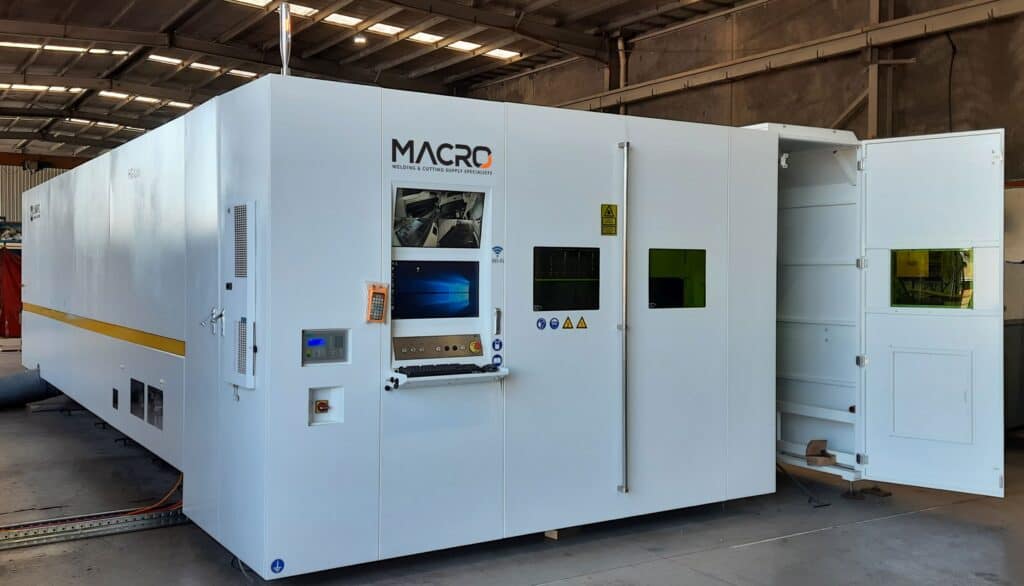The only time a laser cutting job shop is earning revenue is when that red light is on, sparks are flying, and the laser is in use. Everything else is done to support this activity, and to maximise the utilisation of the laser machine.
This is one of the major reasons why using a laser machine to estimate run times for quotes can impede job shop efficiency and profitability.
When quoting manually – that is, not using dedicated software – a typical workflow looks like this:
- A request for quote is received from a customer for a laser cutting job that could be a few parts, up to multiple thousands of parts.
- The customer service representative passes the task to the laser operator or a staff member with CAM software on their computer. They then request an estimate of the job’s run time through the laser’s software. This process diverts the laser from revenue-generating tasks, making it time-consuming and potentially prone to errors if busy staff overlook details.
- Once an estimated time is determined, this is multiplied by an hourly rate.
- This data is then usually entered into a spreadsheet to form a final calculation.
- The final calculation is then used to prepare a quote for the customer.
This process might look accurate, because a machine has been used to calculate time, but there are inconsistencies to watch out for. Items that may be left out of the final quote price could include:
- Sheet change time
- Setup time
- Material handling
- Gas needed for cutting (such as nitrogen)
These inconsistencies may eat into profit, or may provide a customer with different prices each time, which can erode trust and cause frustration.
To reduce human error, remove inconsistencies, and improve the overall efficiency of the process, dedicated laser cutting quoting software can be a major asset to job shops.
Dedicated quoting software
Dedicated quoting software, such as ToolBox, by Tempus Tools, can turn the process detailed above into a faster task, that only requires one person and one software program.

Every element of a quote can be set in a calculations-based system that uses a Software as a Service (SaaS) model to save job shops the large upfront setup costs often associated with quoting software.
When job shops look at their win/loss ratios, they’ll find that on average they win 30-40% of jobs they quote for, making it even more important to respond to quotes faster, with consistent pricing, and professional presentation.
ToolBox has a huge range of features designed to take the guesswork out of quoting, and to instead form a standardised, efficient process that can easily be managed by a single employee.
Reclaiming the holidays
Holidays such as Easter, Christmas, New Year, school holidays, and other breaks throughout the year can be a great time to rest, relax, or visit loved ones. But for small job shops, if you’re the only person who knows how to provide quotes, taking a vacation is not a viable option!
With ToolBox in place, it’s simple for any staff member to learn how to prepare quotes. They don’t need to have any CAD/CAM skills or prior training, and can be taught the user-friendly software quickly, so they can begin quoting sooner.
To learn more about ToolBox, by Tempus Tools, please click here.
Author: Bruce Thomas, Executive (Product)





